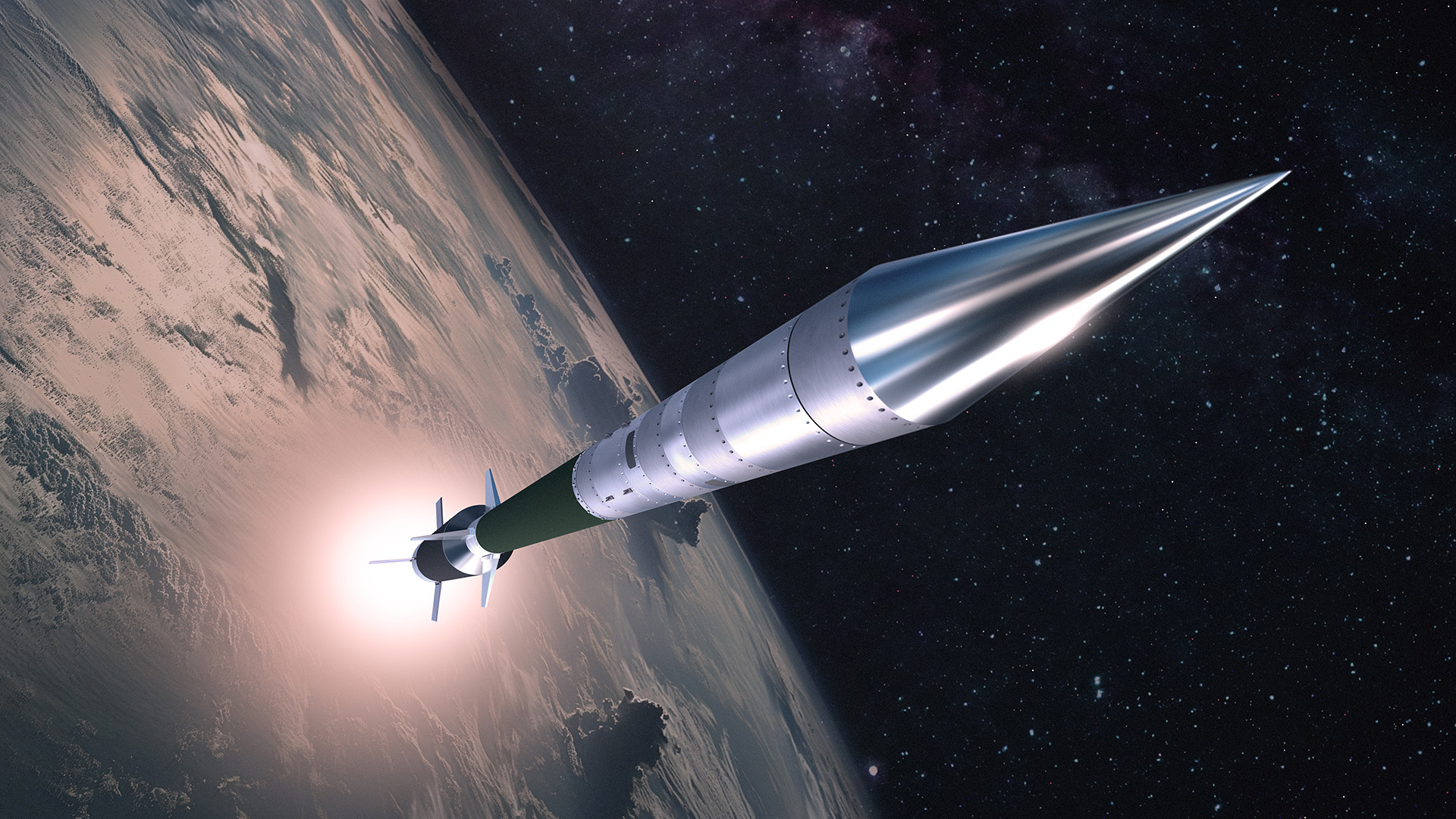
GHOST is a student-oriented research rocket that will be launched from Andøya Space in November 2025. It is a two-stage rocket that will fly up to an altitude of 248 kilometers as part of a larger research campaign organized by NASA.
In other words, it is a full-scale research rocket in a full-scale scientific
research campaign. What is special about GHOST is that the technological experiments it carries are not built by professionals, but by students from Norway, the USA, and Puerto Rico.

GHOST is a collaborative project between NASA and Andøya Space to foster cooperation among students across national borders. It is a unique opportunity to show students what they can experience should they choose a career in the space industry. The students will gain invaluable experience from a real rocket
mission and have the opportunity to make many new contacts within the space industry.
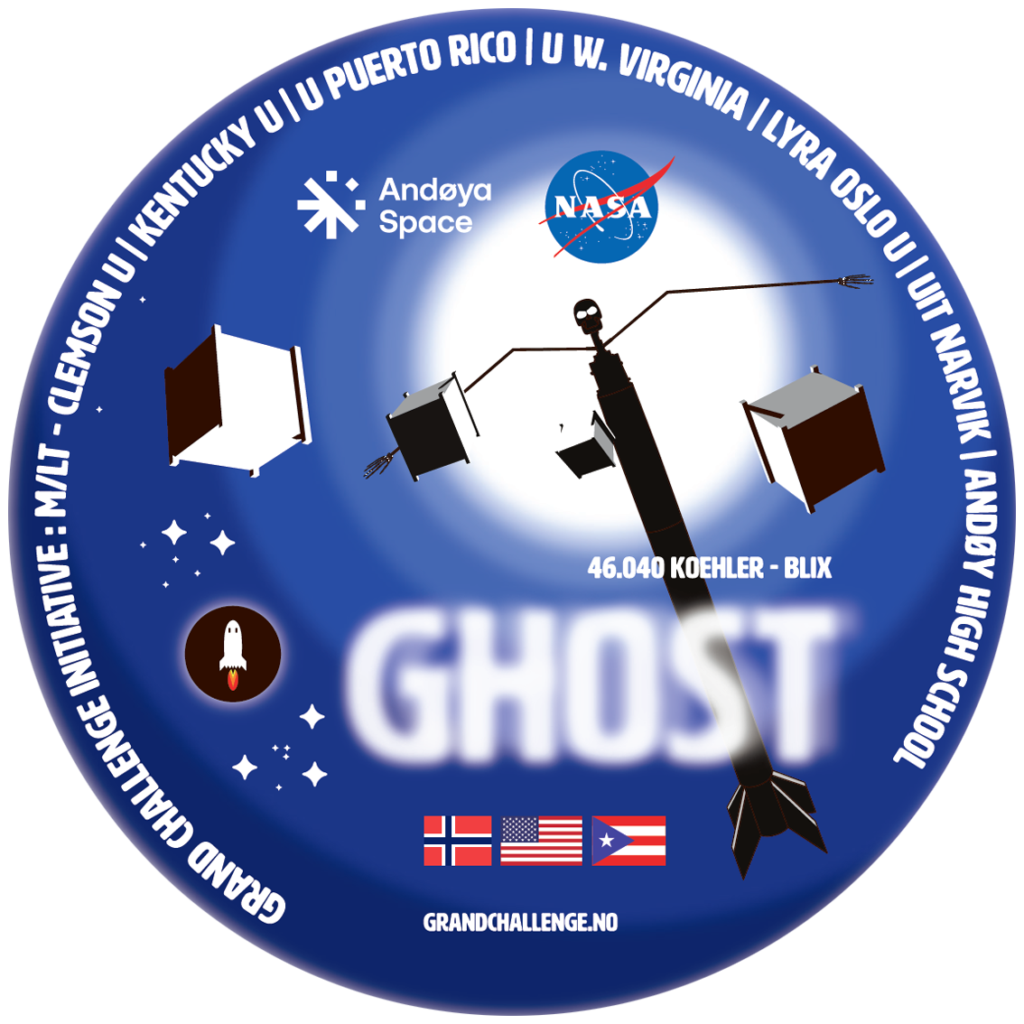
Grand Challenge Initiative
GHOST is part of a larger research program called Grand Challenge, which is a Norwegian initiative. Traditionally, researchers have worked independently to get their research rockets launched.
The idea behind Grand Challenge is to combine several small research projects into one large project, where all participants share their research data with each other, thereby gaining access to more research data for the same cost. The first joint project under the Grand challenge umbrella was called Project Cusp and focused on studying Earth’s magnetic field. GHOST is part of the second project, called Project Mesosphere / Lower Thermosphere, and is the second student rocket of this type.
The Norwegian Contribution
The experiments by the Norwegian students come in the form of four cubesats that will be ejected from the rocket to fly independently. The cubesats are in every way four separate spacecraft, but they will not orbit the Earth. For the students, this will still provide a comprehensive learning experience in both advanced space research and satellite construction.
When the cubesats fly independently, the students must communicate with them via their own ground stations to download the research data. One of the satellites is being built by students in the third year of the Space Technology
program at Andøy High School, supported by both Andøya Space and Nordland County Municipality. During the summer, the Norwegian participants will
travel to the USA to complete the final assembly.
Hands-on experience
During their work with the GHOST mission, students will get real-world, hands-on experience with space hardware and develop the technical skills needed to work in the space industry. Additionally, students are exposed to the complete life cycle of a sounding rocket campaign: conceive, design, build, fly, analyze, and report.
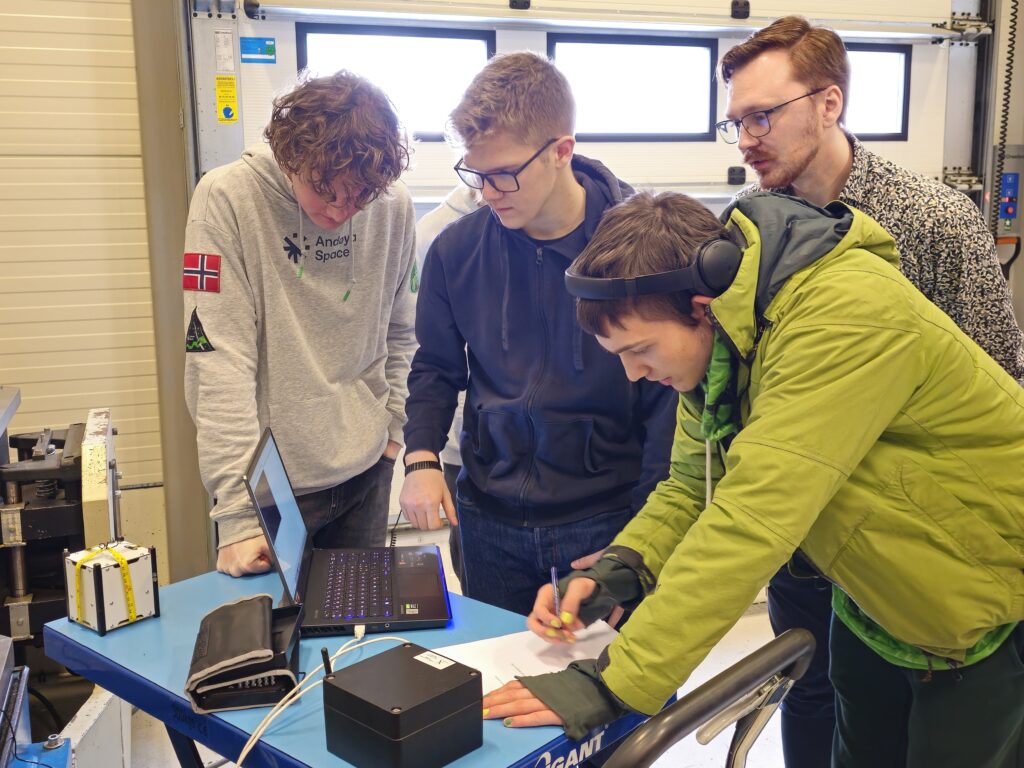
The success of the mission is ensured by utilizing system engineering processes.
The previous mission
GHOST, is the second of these kinds of initiatives. Previously, in 2019, over 100 students from Norway, Japan, and the US formed seven teams and participated in the G-CHASER program. The student rocket provided an opportunity for engineering and science students to participate in an international research campaign to study the cusp of Earth’s magnetic field. Each student team developed their own science mission over a period of 18 months. Each experiment was designed, built, and tested to a set of specific requirements defined in the G-CHASER User’s Guide.
All experiments were verified at NASA’s Wallops Flight Facility in August 2018 and re-verified at Andøya Space in January 2019. G-CHASER flew on a Terrier Improved Malemute with telemetry and power for the experiments. Both GHOST and G-CHASER are based on the Colorado Space Grant Consortium’s RockSat-C and RockSat-X programs, which have launched 20 student sounding rockets at WFF since 2008, engaging over 12,000 students and faculty in over 200 experiments.
Student experiments in space
There are six full experiment spaces on the GHOST rocket. Five in the aft and one in the nosecone. These full spaces are allocated power, volume, weight, power, and telemetry.
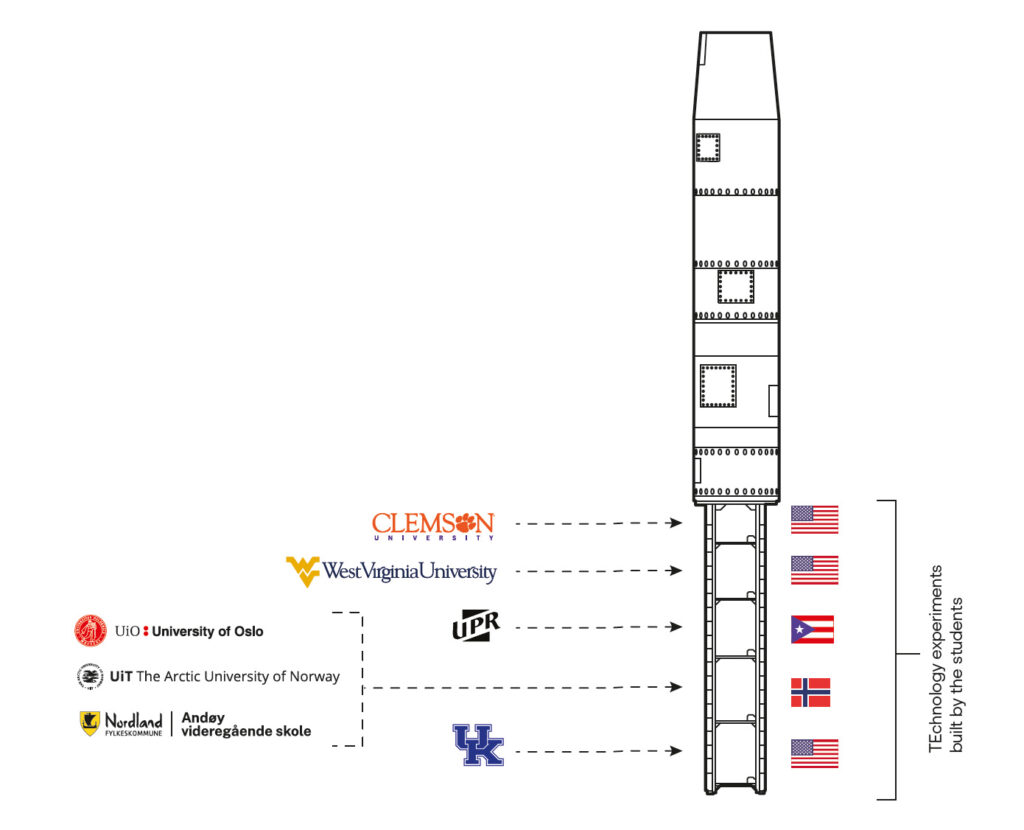
Moreover, Andøya Space has included their in-house developed CubeSat deployment module, containing up to four CubeSat modules. These CubeSat modules come with their own bus interface and provide even further possibilities for adding experiments to the GHOST rocket.
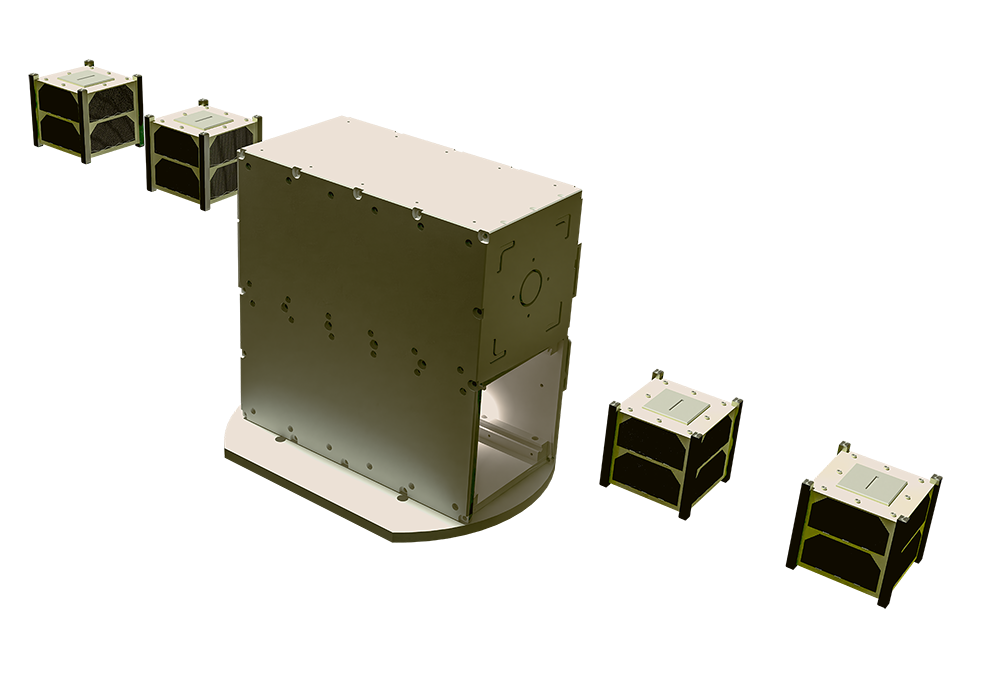
The purpose or mission of an experiment is open to the student teams. Which instruments will eventually fly with the GHOST student rocket will be determined by the scientific goals of each participating university student team.
